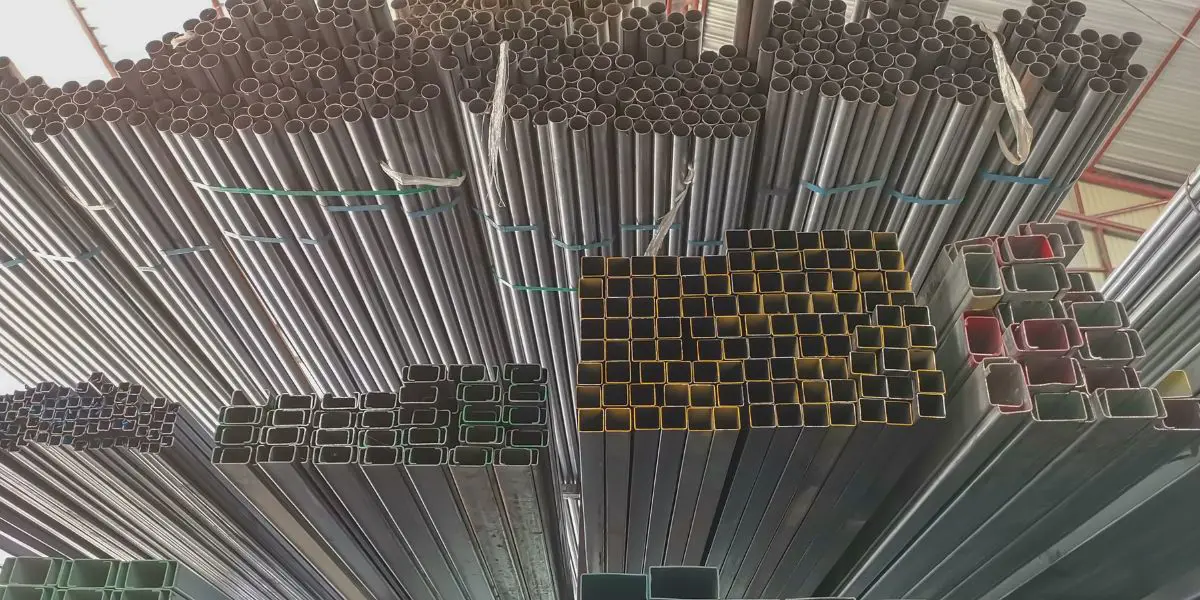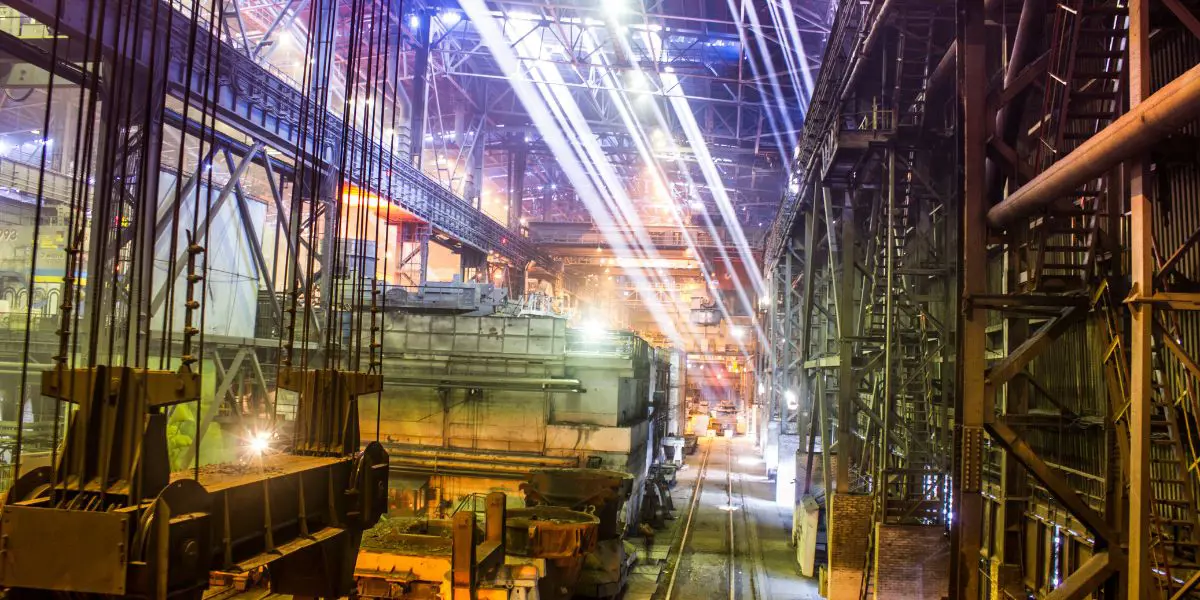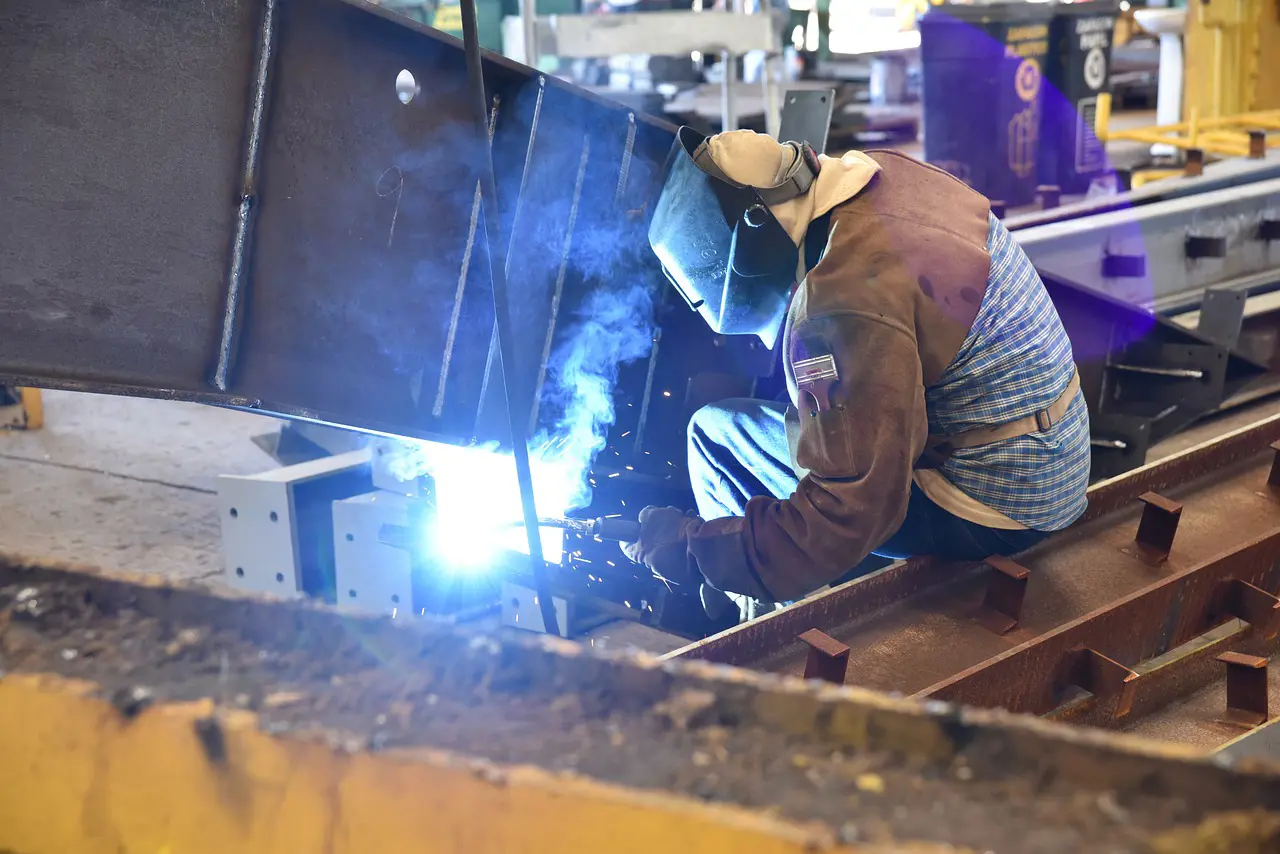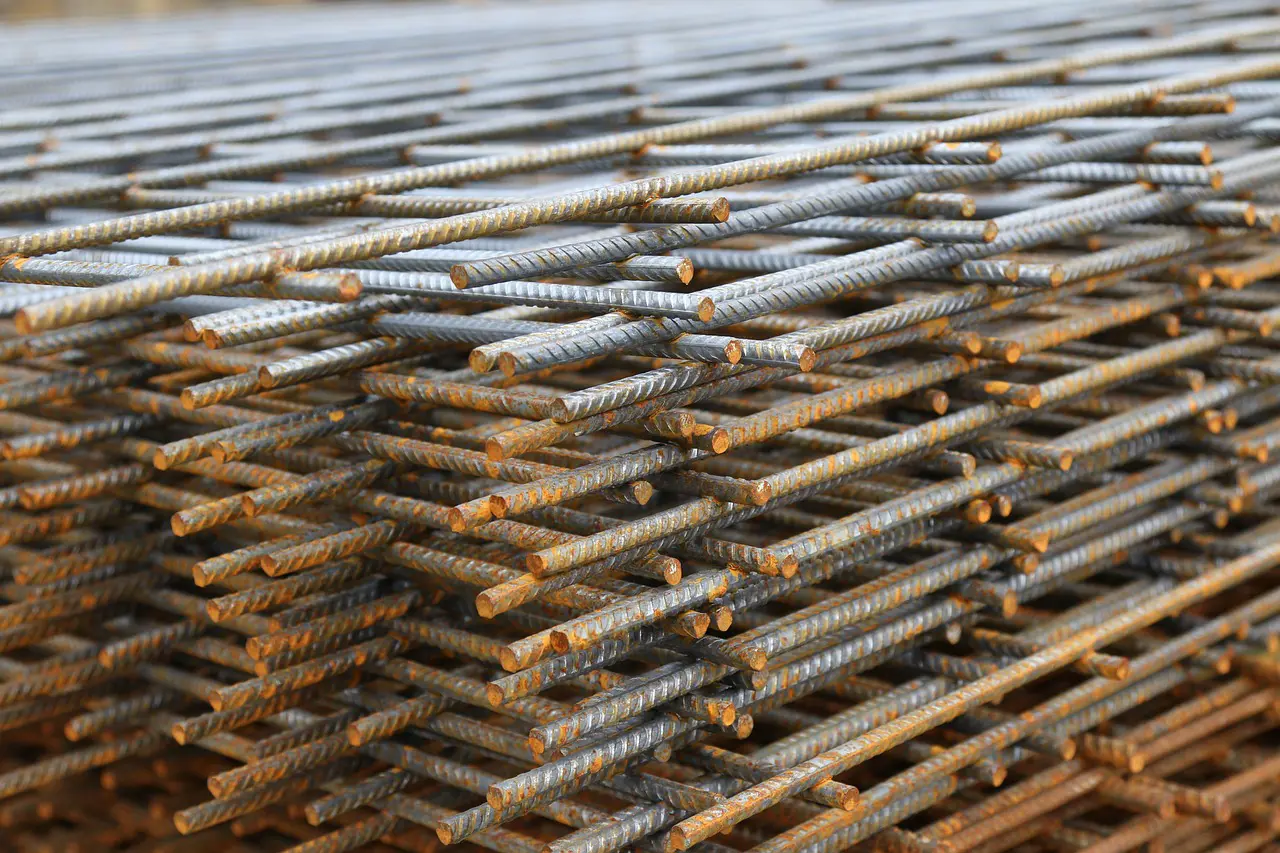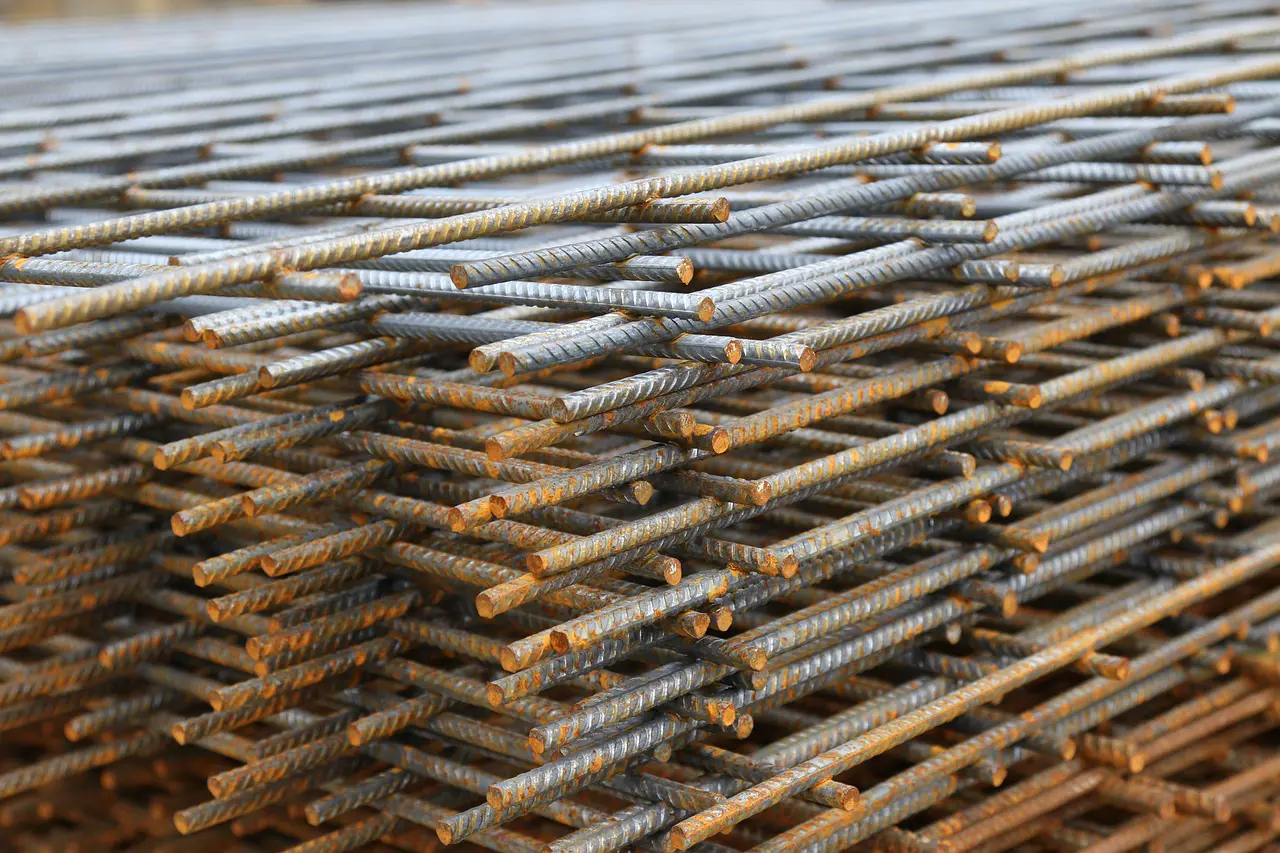
11.11.2023
Differences Between Iron and Steel
Iron and steel are materials frequently used in many sectors. When we consider their areas of use, it is possible to list many sectors. In addition, the differences between iron and steel are also wondered.
Iron is a direct element. In addition, steel can also be expressed as the processed form of iron. Additionally, iron is a more flexible element. This makes it possible to use iron in the construction industry. With this flexibility, the risk of breakage also decreases. In steel, the situation is exactly the opposite. Therefore, it is more likely to break. Both products are frequently used and preferred across sectors. However, the differences between iron and steel are even greater. In this article, we will share with you the differences between iron and steel in a comprehensive manner.
Differences Between Iron and Steel
The differences between iron and steel are an extremely important issue. Iron, referred to as pure iron or raw iron, is as soft as copper. By adding carbon into this iron, its strength can be strengthened, its heat resistance increased and it can be more resistant to corrosion. With these properties, iron turns into steel.
After iron turns into steel, it can be used in many different areas. It is a factor that provides various advantages, especially in terms of increasing strength and implementing solid structures and solid applications. The steel element, which contains 1.8 carbon in its composition, appears as an alloy of iron and carbon. Alloyed steels may have 2.1 percent carbon and this amount may increase even more.
 EN
EN TR
TR